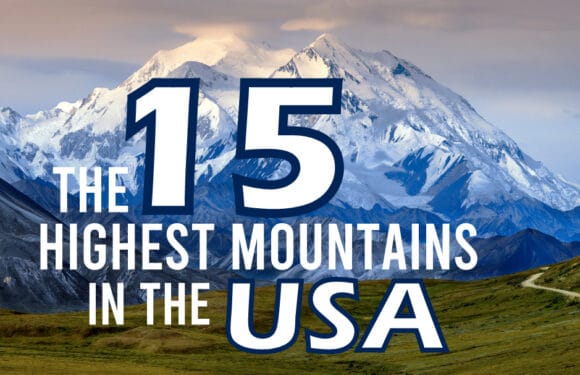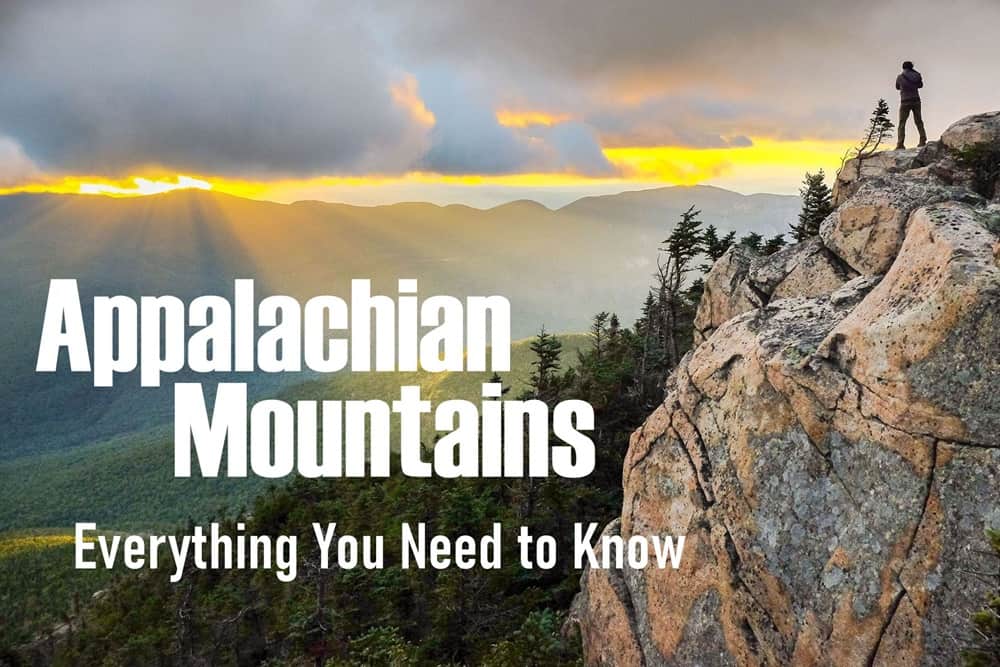
Where are the Appalachian Mountains?
The Appalachian Mountains, often referred to simply as the Appalachians, is located along the eastern region of the United States.
How Long is the Appalachian Mountain Range?
The Appalachian Mountain range is approximately 1,500 miles (2,400 kilometers) long. It primarily runs parallel to the east coast from the Canadian province of Newfoundland to Alabama in the United States.
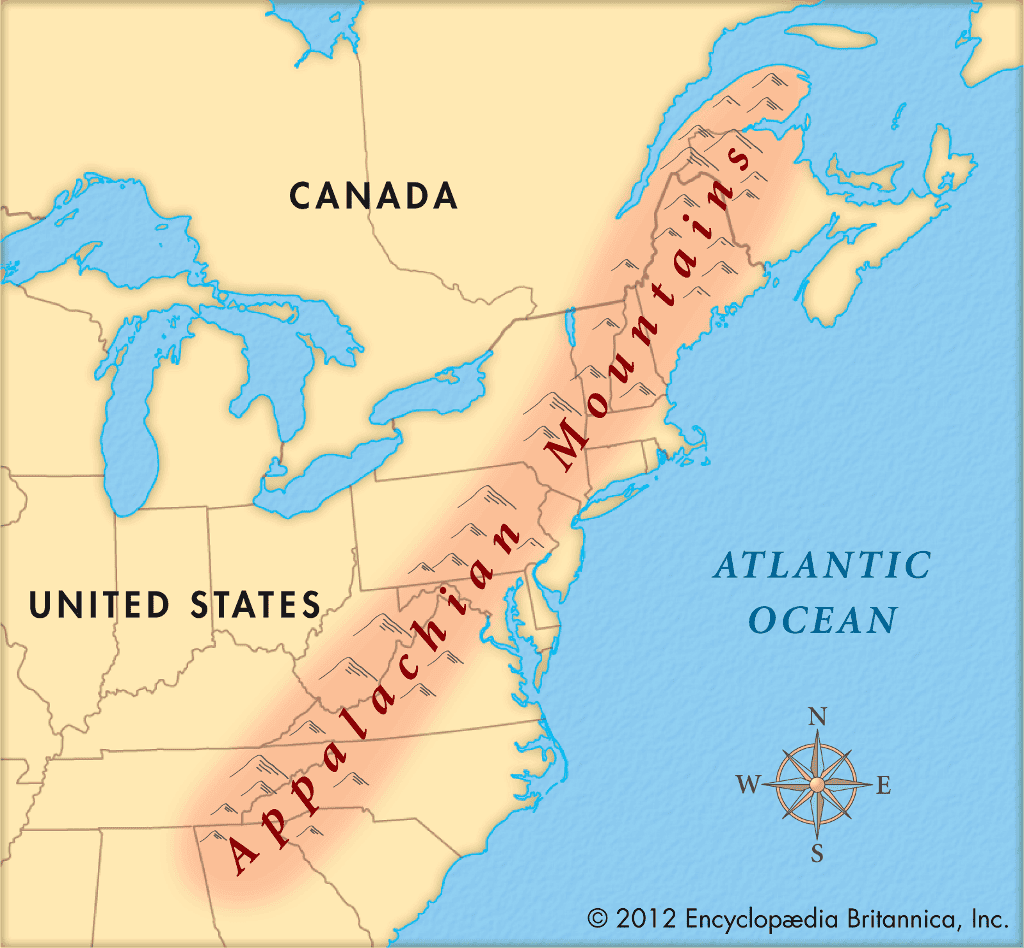
What States are the Appalachian Mountains in?
The Appalachian Mountains are located in 15 states in the United States. These states are: Maine, New Hampshire, Vermont, Massachusetts, Connecticut, New York, Pennsylvania, Maryland, West Virginia, Virginia, Kentucky, North Carolina, Tennessee, Georgia, and Alabama.
The range can be generally categorized into northern, central, and southern sections based on their geographical location and distinctive features.
Northern Section
The northern section of the Appalachians extends through the northeastern United States. It encompasses the states of Maine, New Hampshire, Vermont, Massachusetts, Connecticut, and New York.
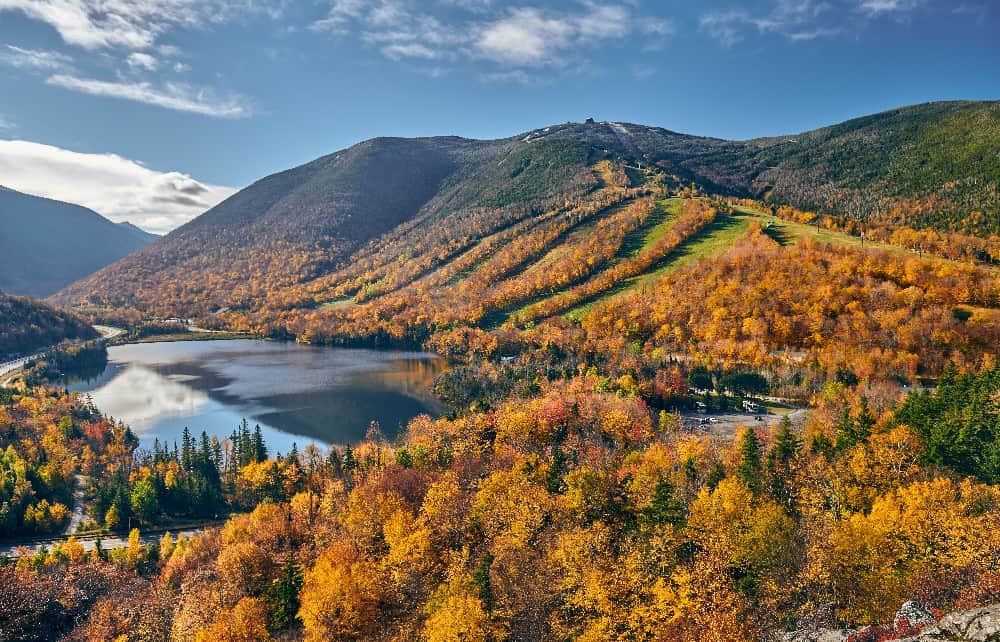
This region is marked by rugged terrain, notably the Maine woods and the White Mountains of New Hampshire. Mount Katahdin, in Maine’s Baxter State Park, represents the northern terminus of the Appalachian Trail. It’s an area known for its challenging trails, deep forests, and breathtaking scenery.
Central Section
The central section of the Appalachians includes Pennsylvania, Maryland, Virginia, and West Virginia.
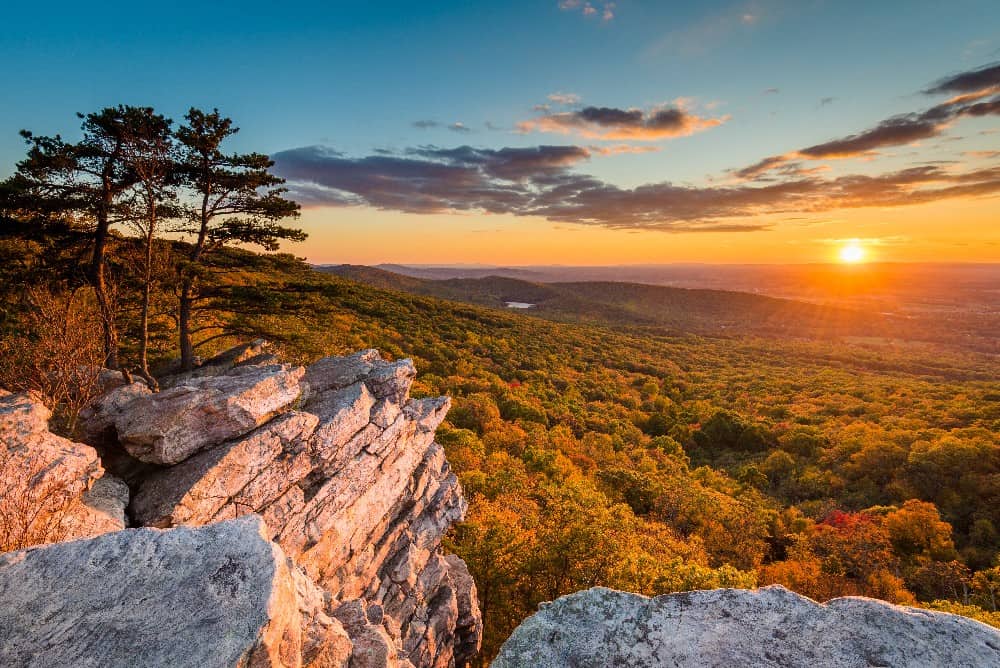
This section is characterized by the impressive Appalachian Plateau. It encompasses the Catskill and Pocono Mountains. This are is renowned for its diverse landscapes, including wooded areas, rolling hills, and river valleys. The region also holds cultural significance due to its coal mining history and the Appalachian folk culture.
Southern Section
The southern section of the Appalachians includes Virginia, North and South Carolina, Tennessee, Georgia, and Alabama.
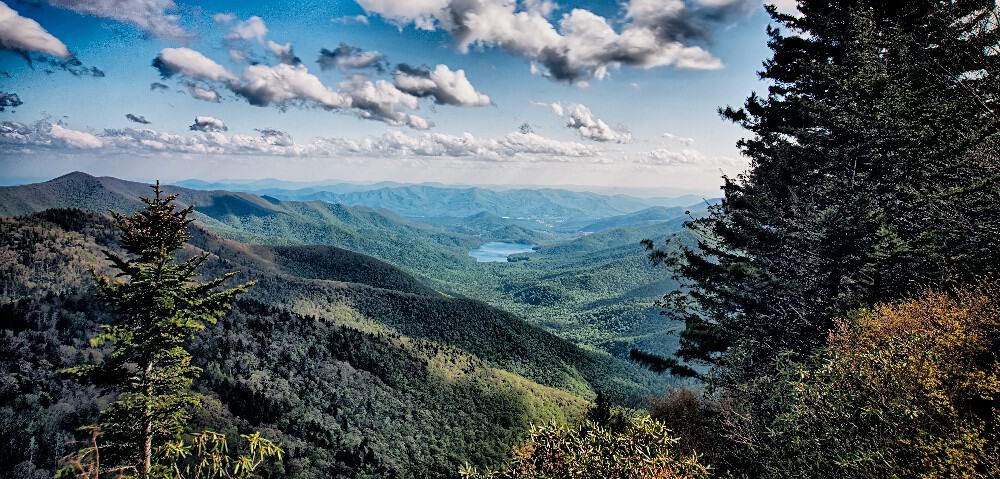
This section features the Great Smoky Mountains, Shenandoah National Park, and the Blue Ridge Mountains. It’s a region known for its biodiversity, fall foliage, and scenic beauty. The highest peak in the range, Mount Mitchell in North Carolina, lies in this southern stretch.
Where Do the Appalachian Mountains Start and End?
The Appalachian Mountains run north and south. The northern end fades into the Canadian Maritimes, while its southern end terminates in the foothills of northeastern Alabama.
How Did the Appalachian Mountains Form?
The Appalachian range is one of the oldest mountain ranges in the world.
The Appalachians are primarily folded mountains, characterized by their folded rock layers. The rock layers have been contorted and pushed upwards due to the intense pressure from tectonic movements.
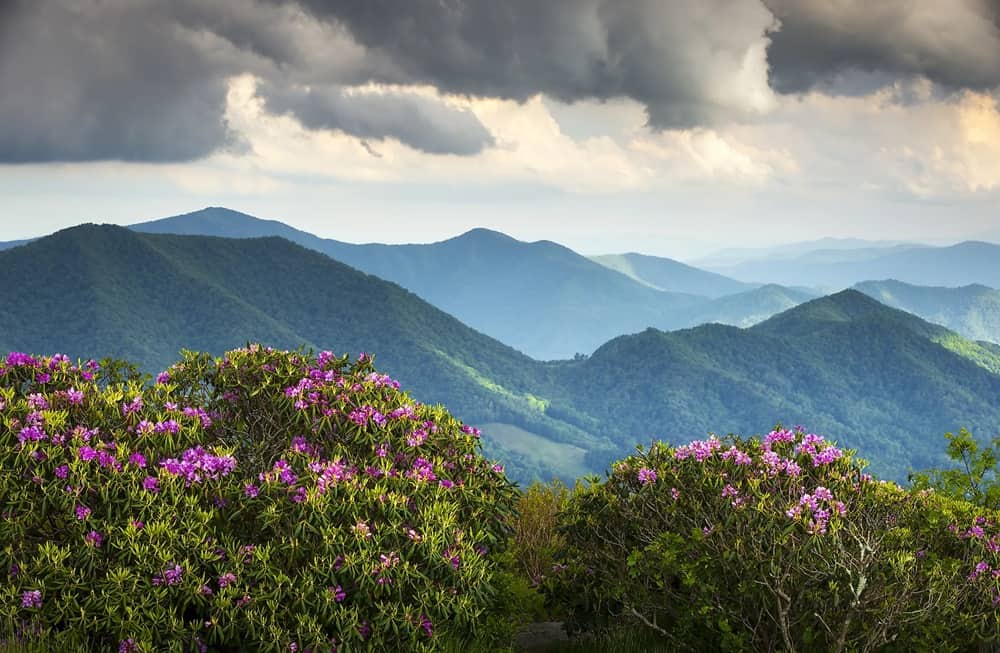
Their story began 500 million years ago when what is now North America and Africa, as well as other landmasses, collided. This collision, known as the Taconic orogeny, brought together several landmasses, forming the supercontinent Pangaea.
Over a period of 200 million years, this ancient mountain chain experienced several phases of uplift, erosion, and reshaping. During subsequent events like the Acadian, Alleghenian, and Ouachita orogenies, the landscape formed its unique geological diversity and varied terrain.
How Big and Tall are the Appalachian Mountains?
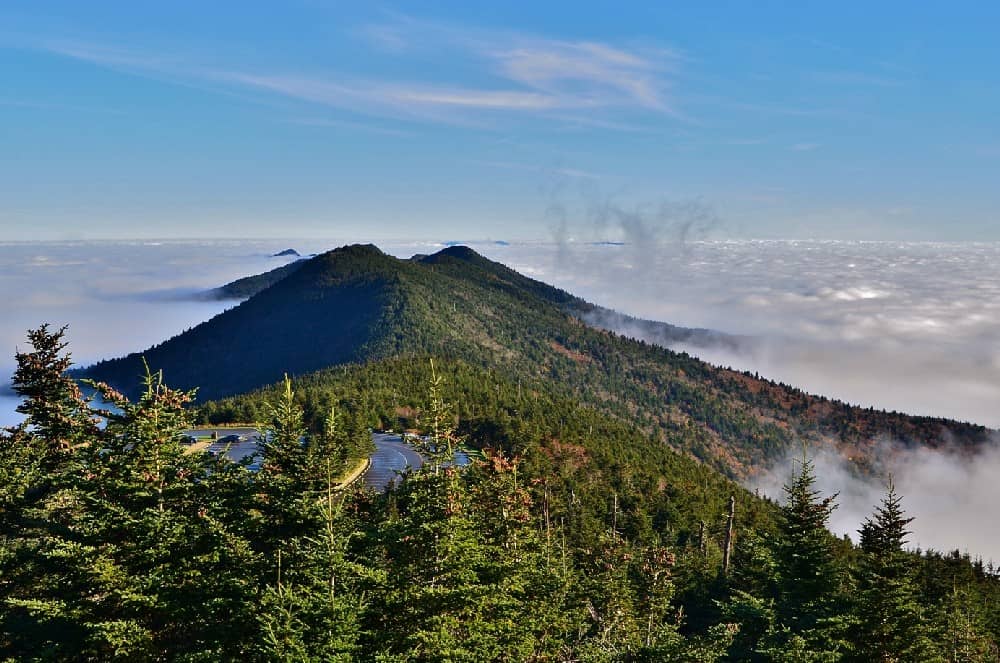
In terms of height, the Appalachians vary significantly across their expanse. The highest point is Mount Mitchell in North Carolina, standing at 6,684 feet (2,037 meters). Other notable peaks include Clingmans Dome in Tennessee at 6,643 feet (2,025 meters) and Mount Washington in New Hampshire at 6,288 feet (1,917 meters).
What is the Appalachian Trail (AT)?
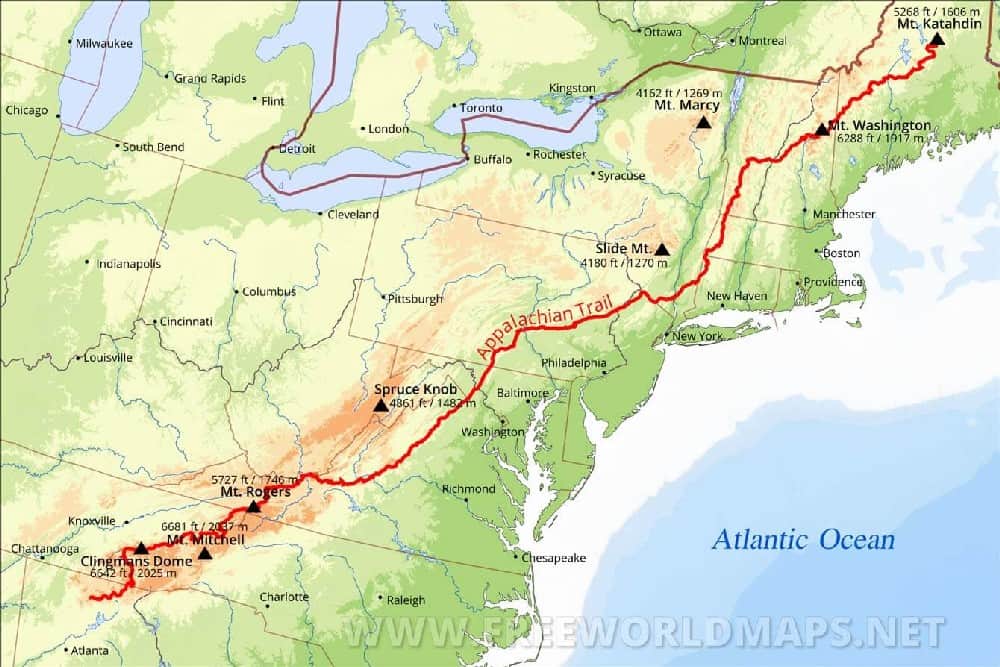
The Appalachian Trail (AT) is a crown jewel for long-distance hiking. Spanning approximately 2,190 miles (3,540 kilometers), this footpath travels across 14 states:
- Georgia: The trail starts at Springer Mountain in the Chattahoochee National Forest.
- North Carolina: It enters the state near the town of Hiawassee and continues through the Great Smoky Mountains National Park.
- Tennessee: The trail runs through the Cherokee National Forest and the Great Smoky Mountains National Park.
- Virginia: The trail covers the most mileage in Virginia, running through George Washington and Jefferson National Forests.
- West Virginia: It enters West Virginia briefly near Harpers Ferry, a town considered the psychological midpoint of the trail.
- Maryland: The trail continues through Maryland, passing by several historic sites.
- Pennsylvania: It crosses through the eastern part of Pennsylvania, known for its rocky terrain.
- New Jersey: The trail passes through the Delaware Water Gap National Recreation Area.
- New York: The AT continues through New York’s Hudson Valley and the Appalachian Trail Metro-North Railroad Station.
- Connecticut: The trail enters the state and passes through a portion of the Housatonic River Valley.
- Massachusetts: It goes through the Berkshires, entering the state near the town of Salisbury.
- Vermont: The trail enters Vermont, following the state’s border with Massachusetts.
- New Hampshire: The trail crosses the White Mountains National Forest, known for its rugged terrain.
- Maine: The trail finishes at Mount Katahdin in Baxter State Park, marking the northern terminus of the Appalachian Trail.
The time it takes to hike the entire trail varies greatly from person to person and depends on factors like fitness level, hiking experience, pace, weather conditions, and the chosen itinerary.
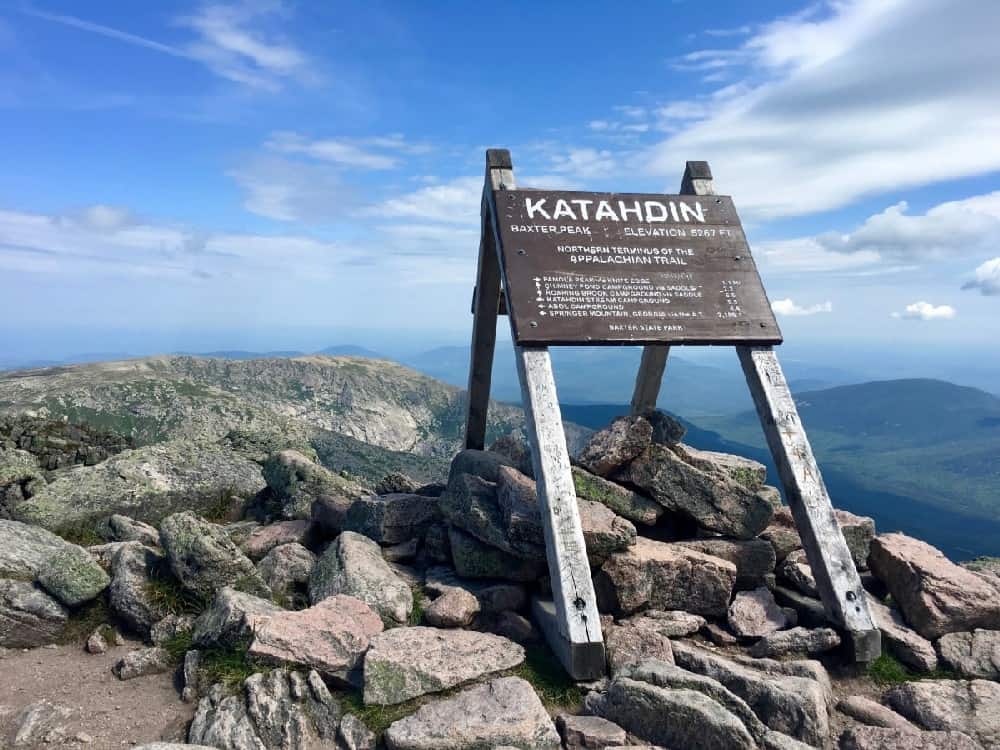
Here’s a breakdown of different average completion times:
Thru-Hiking: Thru-hiking the AT involves hiking the entire trail continuously in one season, typically taking about 5 to 7 months. Most thru-hikers start in Georgia at Springer Mountain and hike north to Maine’s Mount Katahdin. The majority of thru-hikers aim to complete the trail within this timeframe, averaging around 15 to 20 miles per day.
Section Hiking: Section hiking involves completing the trail in smaller segments or sections over multiple trips. Some hikers tackle the trail in sections spread across several years. The time it takes to complete the entire trail via section hiking varies greatly. It depends on the length and frequency of the individual trips.
Flip-Flopping: Some hikers opt for a flip-flop hike. This involves starting at a midpoint on the trail, typically Harper’s Ferry, West Virginia, and hiking to one end (like Katahdin) before returning to Harper’s Ferry and hiking to the other end (like Springer Mountain). This method may vary in duration but often takes around 5 to 7 months as well.
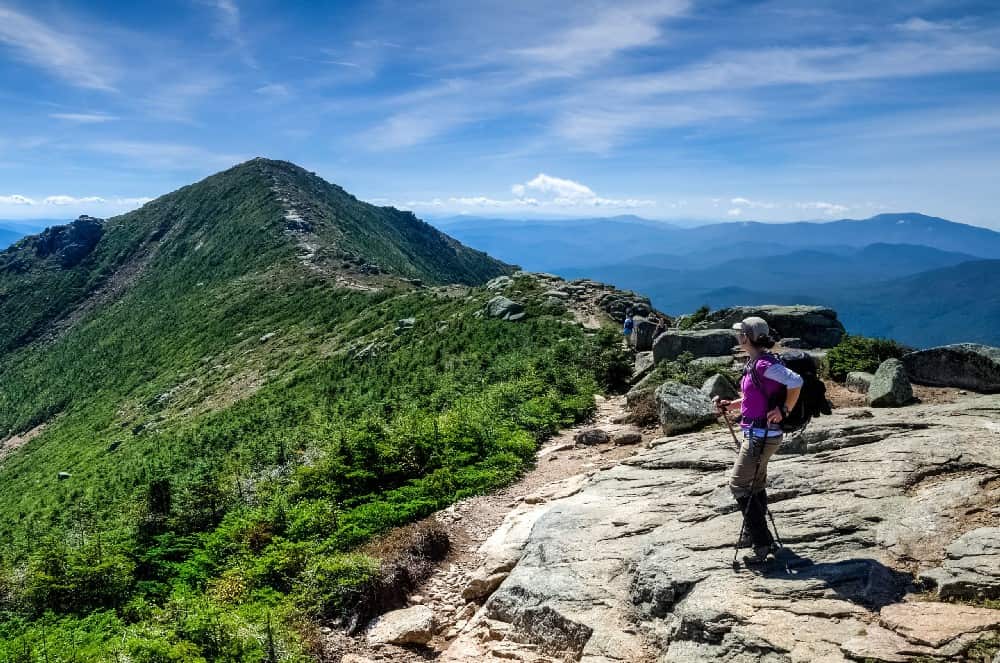
Hiking the Appalachian Trail as a thru-hike is an epic undertaking. Thru-hikers, as they’re known, face numerous challenges. These include unpredictable weather, rugged terrain, and the physical and mental demands of being on the move for many months. The trail culture is vibrant, fostering a sense of camaraderie among hikers, who share stories, support, and resources along the way.
The AT was conceived by Benton MacKaye in the 1920s as a means to connect people with nature. It has become an emblem of endurance and adventure. Completed in 1937, the trail winds through national parks, forests, and protected lands, offering hikers a journey through woodlands, rocky cliffs, and valleys.
For many, the AT is a transformative journey that instills a deep connection with nature, self-discovery, and a sense of accomplishment. Each year, thousands of hikers are drawn by the allure of this monumental outdoor adventure.
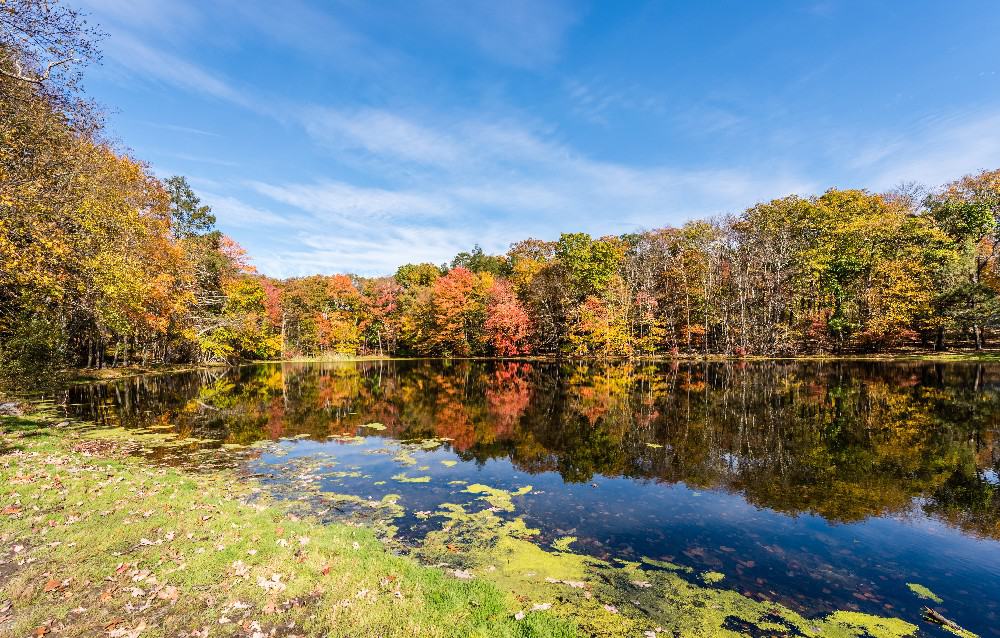
Here are some key highlights and noteworthy landmarks along the Appalachian Trail:
- Springer Mountain, Georgia: The southern terminus of the AT, marked by a bronze plaque atop Springer Mountain, serves as the starting point for many hikers.
- Great Smoky Mountains National Park: The AT traverses through this renowned park, offering stunning vistas, diverse wildlife, and a section along the highest peaks of the Appalachian range.
- Roan Highlands, Tennessee/North Carolina: Known for its expansive grassy balds, these open meadows provide panoramic views of the surrounding mountains.
- Shenandoah National Park, Virginia: A scenic stretch of the AT winding through lush forests and meadows, often accompanied by views of the Shenandoah Valley.
- Harpers Ferry, West Virginia: This historic town is home to the Appalachian Trail Conservancy’s headquarters and marks the psychological midpoint of the trail.
- Delaware Water Gap, Pennsylvania/New Jersey: A picturesque spot where the AT crosses the Delaware River, offering stunning views and recreational opportunities.
- Clingmans Dome, Tennessee/North Carolina: The AT reaches its highest point here at 6,643 feet (2,025 meters) with a spiraling observation tower boasting panoramic views.
- Mount Washington, New Hampshire: Known for its unpredictable weather, this challenging section offers spectacular views but requires caution due to its extreme conditions.
- Mahoosuc Range and the White Mountains, Maine/New Hampshire: This rugged terrain presents some of the most challenging yet scenic sections of the trail.
- Katahdin, Maine: The northern terminus of the AT, Mount Katahdin stands tall at 5,269 feet (1,606 meters), offering a challenging and iconic finale for thru-hikers.
The trail is managed by a partnership between the National Park Service, the Appalachian Trail Conservancy (ATC), volunteers, and various agencies. Volunteer-driven organizations dedicate countless hours to trail upkeep, including marking the path, building shelters, and maintaining footbridges.
What Plants and Animals Live in the Appalachians?
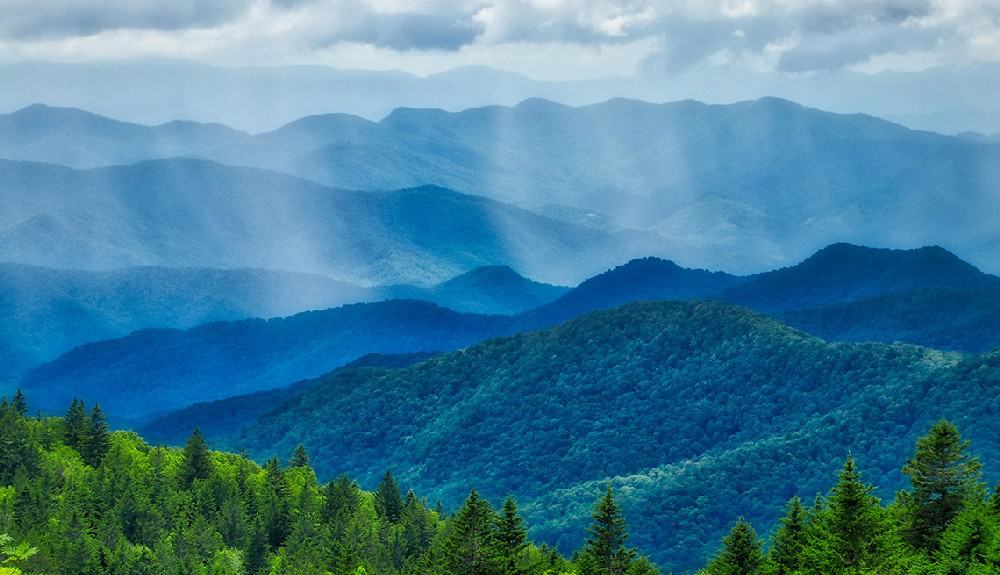
The Appalachian Mountains encompass an incredibly diverse range of ecosystems, fostering a rich biodiversity that includes various plant and animal species. The region boasts a variety of habitats, ranging from deciduous forests, mixed hardwood forests, coniferous forests, meadows, wetlands, and rivers. Each habitat supports a unique array of flora and fauna, contributing to the overall biodiversity of the area.
The mountains provide habitats for mammals like black bears, white-tailed deer, raccoons, foxes, and various species of rodents. Bird species like the scarlet tanager, wood thrush, warblers, and raptors such as the bald eagle and peregrine falcon, all live here. Additionally, numerous reptiles, amphibians, and fish species inhabit the rivers, streams, and wetlands.
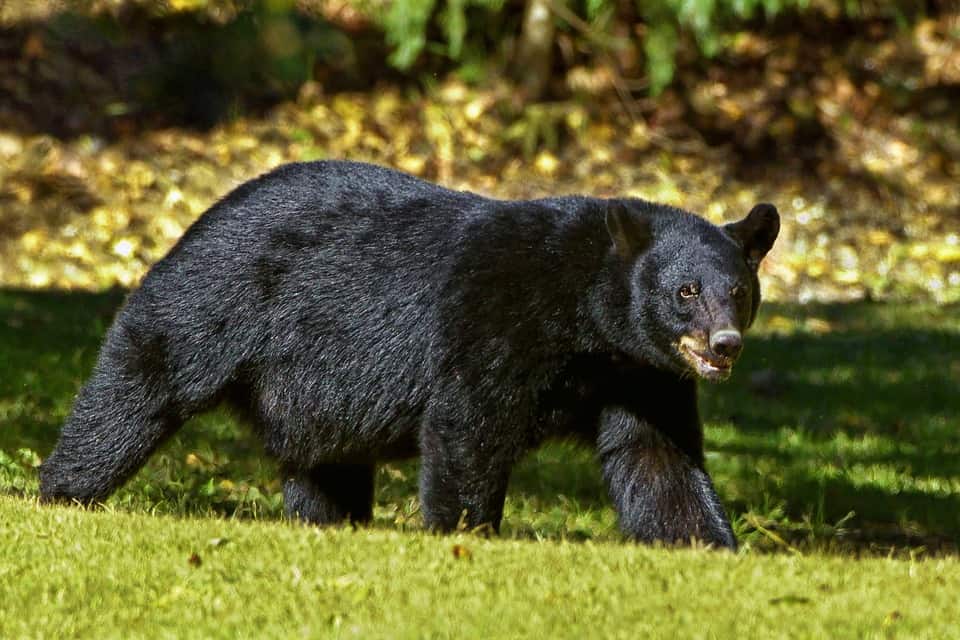
The Appalachian forests are home to an extensive range of plant species, including diverse tree species such as oak, hickory, maple, pine, spruce, and hemlock. Wildflowers, ferns, mosses, and lichens thrive. The Appalachian flora is known for its vibrant fall foliage, attracting tourists from around the world.
Who Lived in the Appalachian Mountains?
The Appalachian Mountains have been home to various indigenous groups and tribes for thousands of years, including the Cherokee, Shawnee, and Seneca nations, among others. These mountains hold significant cultural and historical importance for Native American communities. They serve as a sanctuary, a source of spiritual inspiration, and a haven for traditional practices.

European settlement in the 18th century brought about cultural mingling, leading to a distinct Appalachian culture deeply rooted in folklore, music, and storytelling. The region’s traditional bluegrass, folk music, and ballads resonate with the tales of the mountains.
Appalachian art and crafts, such as quilting, basketry, and woodworking, reflect the unique cultural heritage of the area. The region’s distinctive dialects and customs further highlight its cultural significance.
How Did the Appalachian Mountains Impact Settlement?
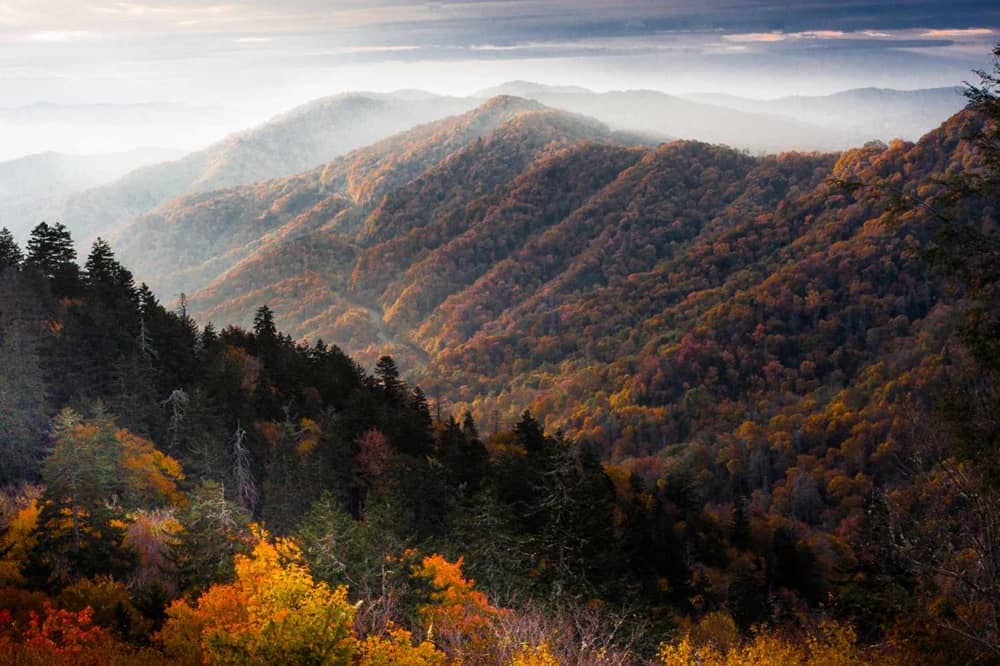
The Appalachian Mountains served as a significant barrier to westward expansion in early American history. The steep slopes, rocky terrain, and dense vegetation, made travel and transportation of goods difficult. This barrier discouraged migration, creating a natural boundary between the established eastern colonies and the largely unexplored western territories.
It wasn’t until the development of better transportation methods, such as improved roads, canals, and eventually railroads, that people were able to traverse the Appalachian Mountains more easily. Eventually, these technologies facilitated the movement of settlers and encouraging westward expansion in the United States.



























































